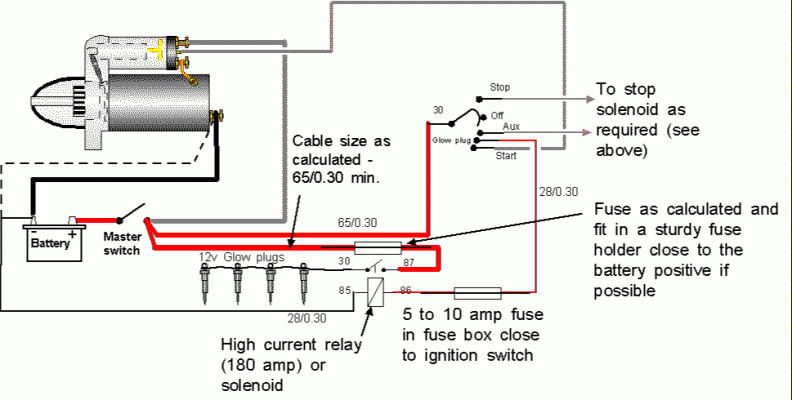Bongi
Veteran Member
- Joined
- Dec 6, 2021
- Messages
- 98
- Vessel Name
- Scatterlings
- Vessel Make
- Grand Banks 42C
Was amazed to see our GB42C from 1986 has a on/off engine stop solenoid switch on the panel.
Apart from the initial bewilderment at not being able turn off an engine until I discovered this switch, I was wondering why would this option be provided in the first place?
Apart from the initial bewilderment at not being able turn off an engine until I discovered this switch, I was wondering why would this option be provided in the first place?


